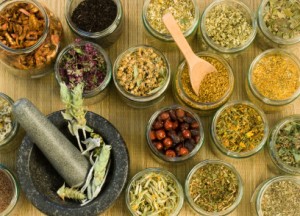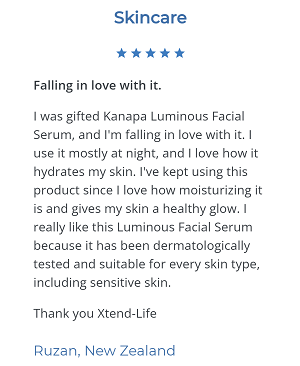Age Spot Creams & Their Ingredients – Which Are the Best?
 Age spot creams contain a variety of ingredients. Some are good. Some are bad. Here you will learn how to compare them and pick a good one.
Age spot creams contain a variety of ingredients. Some are good. Some are bad. Here you will learn how to compare them and pick a good one.
First, you want to look at the active ingredient. In over-the-counter and prescription products, the active ingredient is usually listed separately from the others. Active ingredients used for fading blemishes and for skin whitening include tretinoin, hydroquinone, cyperus rotundus extract, arbutin, kojic acid, azelaic acid, vitamin C and alpha hydroxy acids.
If the active ingredient is not classified as a drug, it will not be listed separately. For example, nutrients like vitamin C and herbal extracts like cyperus rotundus extract are not usually listed separately. Drugs on the list above include tretinoin and hydroquinone.
In combination products, the different ingredients may work together to provide the benefits. For example, some anti-aging products are effective with continued use for evening out the skin’s pigmentation. You might say that the combination of ingredients is active.
In the US, hydroquinone is the most common active ingredient for age spot creams. It was banned by the European Union in 2001, but can still be sold legally in the US at concentrations not exceeding 2%. The ingredient was banned, because it has been shown to cause cancer in animals. It is a known skin irritant.
Tretinoin is only available with a prescription. It is the acid synthetic form of vitamin A and is not very affective for skin whitening or inhibiting melanin production. The benefits, if any, are likely due to the antioxidant activity. Free radical damage is involved in the formation of the spots.
Age spot creams containing cyperus rotundus extract were developed in Germany. They are relatively new, but seem to be quite effective. The ingredient is safe and non-irritating. It is actually an anti-irritant.
Arbutin is derived from bearberry, cranberry or other leaves. It is described as a natural source of hydroquinone. Just because it is natural does not necessarily mean it is safe. It can still cause irritation.
Kojic acid can cause allergies and skin irritation. Azelaic acid is only effective at concentrations of 20% or more. Vitamin C or ascorbic acid is only effective at concentrations higher than 5%. Any acid can cause irritation and redness at concentrations that high.
The alpha hydroxy acids are not effective for inhibiting melanin production. They are not really age spot creams, but chemical peels. If they are effective, it is because they loosen and cause peeling of the outer layers of skin.
Of all the active ingredients, cyperus rotundus extract is the safest and has been shown to effectively inhibit melanin production, but it will lighten the surrounding skin as well.
If you do not want a total skin lightening, you can try an antioxidant-rich cream. The cream is designed to be used on a daily basis. By increasing the skin’s antioxidant content, it evens out the skin’s tone, but does not inhibit melanin production. So, you would still need to stay out of the sun.
The same is true of any age spot creams. They only work if you protect the area from sunlight.











